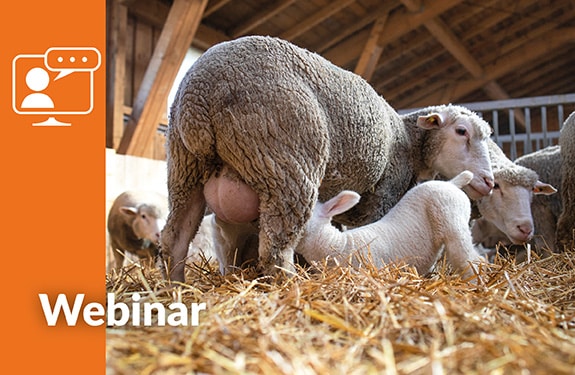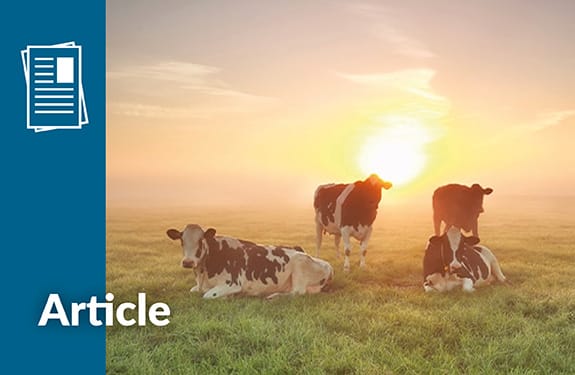Improving milk production and quality in dairy cows
Dairy products are traditional foods in many countries. Modern dairy farming, however, has seen many developments in recent decades with improvements being made to genetics, nutrition, farm management, and animal welfare. Today, there are approximately 250 million cows producing milk around the world. Worldwide milk production reached 852 million tonnes in 2019, an increase of 1.4 percent from 2018.
Modern dairy cows are bred specifically to produce large quantities of milk. Cows only produce milk after they have given birth, with dairy cows being required to give birth to one calf per year in order to continue producing milk. In this regard, milk production is closely associated with reproduction. On average, cows produce milk for less than 3 lactations which is not enough to fully express their genetic potential.

Lactation cycle
Today’s high-production dairy cows require special attention. They require a specific management strategy throughout the lactation cycle that is tailored to each stage.
Calving is a moment of significant change that will determine the success of future lactation: special attention must therefore be paid to the cow during this pre- and post-partum transition period. Recent studies have paved the way for new solutions, capable of increasing milk production while preventing metabolic disorders, notably through supplementation with probiotic yeast, selenium enriched yeast and purified yeast fractions.
Factors affecting milk production
During the past few decades dairy cow genetics have evolved significantly, allowing us to breed cows with higher genetic merits, targeting higher milk production and improved feed conversion rates. Improving genetics have also led to a better shape and positioning of the udder, making milking easier, reducing mastitis, and lowering the number of fatalities during calving.
Modern dairy farming is associated with increasing farm size, more living space per cow, more feeding trough space per cow, more comfortable bedding conditions, easier access to feed and water, better climate control to avoid heat stress, and better management for transition cows. All these improvements have led to more comfort and less stress for cows, especially around calving, resulting in higher milk production and lower disease rates.
Milk quality can not be neglected
The bid to improve dairy cow genetics, especially in Holstein cows with their higher milk yields, has resulted in a decline in milk solids. Our goal today is to increase milk solids, especially milk fat and protein, without sacrificing milk yield. This challenging task requires new ways of optimising dairy nutrition by improving the digestibility of structural fibres in dairy diets.
Scientific research shows that improved fibre digestibility results in higher rumen production of VFA, specifically butyrate and acetate, which are required for de-novo fatty acids synthesis in the mammary gland. De-novo fatty acids are positively correlated with milk fat and protein production.
Supplementing Actisaf® yeast probiotic to increase milk yield and quality
1.Supplementing Actisaf® Sc 47 to lactating dairy cows helps improve rumen condition and fibre degradation. The cow receives more energy for milk production and more VFA for milk fat synthesis.
2. Supplementing Actisaf® Sc 47 to peripartum cows during the transition period helps reduce negative energy balance after calving, leading to faster adaptation to lactation conditions and a positive effect on milk yields throughout the entire lactation.
3. Supplementing Actisaf® Sc 47 to lactating cows during the entire lactation helps improve reproductive performance. Better reproductive performance is key to lower culling rates and a longer lactation career in dairy cows, resulting in higher lifetime milk production.
Supplementing Actisaf® Sc 47 to all categories of cows during their entire lactation improves milk yield by an average of 1.5kg/day/cow, with higher fat and protein yields.


























